The news, social media, message boards and daily conversations are saturated with discussions about sexual harassment in the workplace. This issue not only affects high-profile employers in Hollywood, sports, the media and our government, but all employers in all industries.
In 2017, the Equal Employment Opportunity Commission (EEOC) reported numerous sexual harassment lawsuits and settlements involving employers large and small, which resulted in monetary payments ranging from $15,000 to $10.125 million. Moreover, a recent MSN poll shows that approximately one in three people (31%) in the U.S. claim they have been sexually harassed at work. Notably, harassment also impacts employees’ health and productivity and results in indirect financial costs, including job turnover and reputational harm.
Sexual harassment claims may also result in additional employer costs due to a recent change in the tax code (§ 162q), which eliminates deductions for “any settlement or payment related to sexual harassment or sexual abuse if such settlement or payment is subject to a nondisclosure agreement,” or related attorneys’ fees. Although it is not clear how the IRS will interpret and apply this provision, it could affect employers’ ability to deduct both payments to employees under settlement agreements releasing employment-related claims and attorney’s fees when defending those claims. Since it is a costly, persistent and widespread problem, some employers have begun insuring against harassment claims via Employment Practices Liability Insurance, resulting in over $2 billion in premium payments in 2016 alone.
Although federal law has protected employees against sexual harassment in the workplace for decades and employers have been consistently adopting and enforcing anti-harassment policies and providing anti-harassment training, employees, unfortunately, continue to be subjected to unwelcome sexual advances, requests for sexual favors and other offensive verbal or physical conduct of a sexual nature. The EEOC recognized this conundrum and, in 2015, established a task force to examine why sexual harassment has continued and the best ways to combat it.
The task force’s efforts, which were reported in June 2016, revealed that many targets of harassment choose not to report it for a number of reasons, including humiliation, ostracism, damage to reputation, damage to career, retaliation, inaction, blame and disbelief. Both the EEOC’s research and the poll cited above revealed that over 70% of employees who experience harassment never report it. This is a huge problem, since harassment cannot be remedied if it is not reported. The task force also identified a number of harassment risk factors, including homogenous and young workforces, workforces with “high value” employees or significant power disparities, isolated workspaces and workplaces that tolerate or encourage alcohol consumption. Although these risk factors do not mean harassment will occur, recognizing and analyzing them is a good step toward prevention.
Since harassment has continued despite widely-performed anti-harassment training, the EEOC has also suggested that training needs to evolve to not just educate employers and employees about the law and their legal rights and obligations, but should also include civility and bystander training. In short, employees, managers and leaders need to do what’s right, not just what’s legally required. And, since targets of harassment are not coming forward, bystanders of such harassment play an important role. Bystanders also need to be encouraged to do what’s right and report inappropriate conduct they witness or hear about and/or intervene to stop conduct from continuing when they feel comfortable and it is safe to do so.
Compass Recommendations
The Compass team suggests clients start off the New Year by evaluating and, where possible, eliminating risks of harassment in their workplaces and scheduling updated training for employees and managers. Those in leadership need to convey that this is an important issue and demonstrate that they are engaged and committed to dedicate necessary resources and time for effective prevention education and efforts.
In addition, clients should review and update their anti-harassment policies to include provisions regarding bystanders and make it clear that harassment, whether or not it rises to the level of legally actionable conduct, is prohibited in the workplace. Policies and training should clearly explain to employees that such conduct is prohibited at all times in any form at the workplace, at off-premises work-related and business functions, or anywhere outside of work if it affects the workplace, including at company-sponsored social functions.
Lastly, clients should ensure that effective and accessible reporting methods are available, which should include individuals in addition to employees’ direct supervisors and even anonymous reporting options, in order to promote early and open communication and allow for prompt, thorough and appropriate investigation and handling.
Sources:
http://www.businessinsider.com/sexual-harassment-affects-nearly-everyone-2017-11


